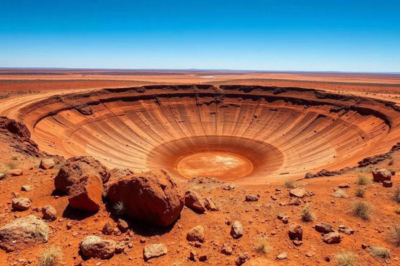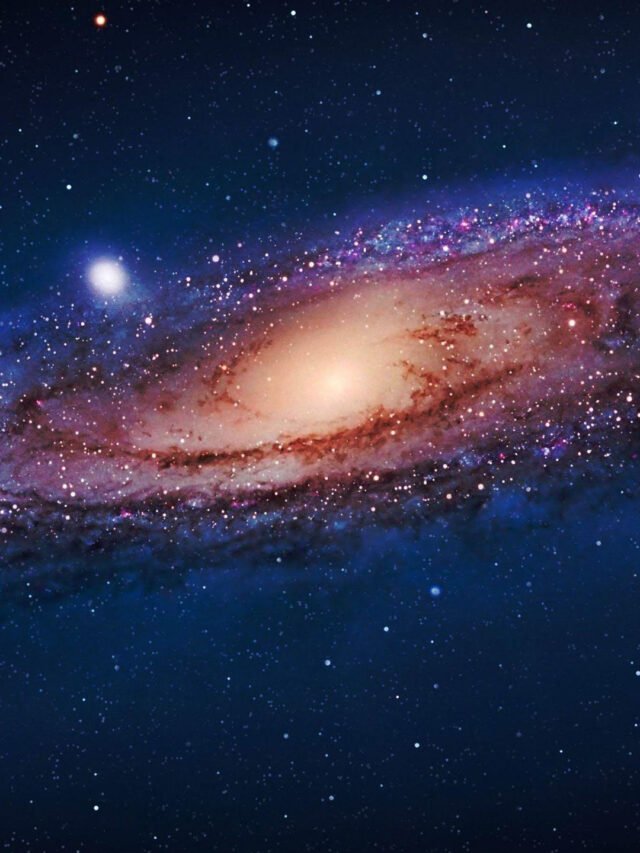
Scientists have uncovered what is believed to be the oldest known meteorite impact crater on Earth, a finding that could reshape our understanding of the planet’s history and the origins of life.
A Crater Older Than Any Other
- Discovered in the remote North Pole dome region of northwestern Australia.
- Estimated to be 3.47 billion years old—over a billion years older than any previously identified impact crater.
- Named the North Pole Crater, the impact site is believed to be over 100 km wide.
Impact That Shaped Early Earth
- Scientists say the meteorite struck at 36,000 km per hour, potentially scattering debris across the planet, including as far as South Africa.
- The tremendous energy released may have played a major role in Earth’s crust formation.
- Impact craters like this could have created hot water pools, providing a habitable environment for microbial life.
Unmistakable Geological Evidence
- Researchers found “shatter cones”, rare rock formations that form only under extreme pressure from meteorite impacts.
- Professor Tim Johnson of Curtin University called the discovery a breakthrough, significantly challenging previous assumptions about early Earth.
Skepticism & Future Research
- Some planetary scientists remain cautious, stating that more evidence is needed to confirm the crater’s size and its exact impact on Earth’s evolution.
- Researchers plan further studies in Australia’s Pilbara region, analyzing rocks for isotopic and elemental clues.
This discovery, published in Nature Communications, could refine our understanding of early Earth, offering new insights into how meteorite impacts may have contributed to the origins of life.








































Leave a Reply